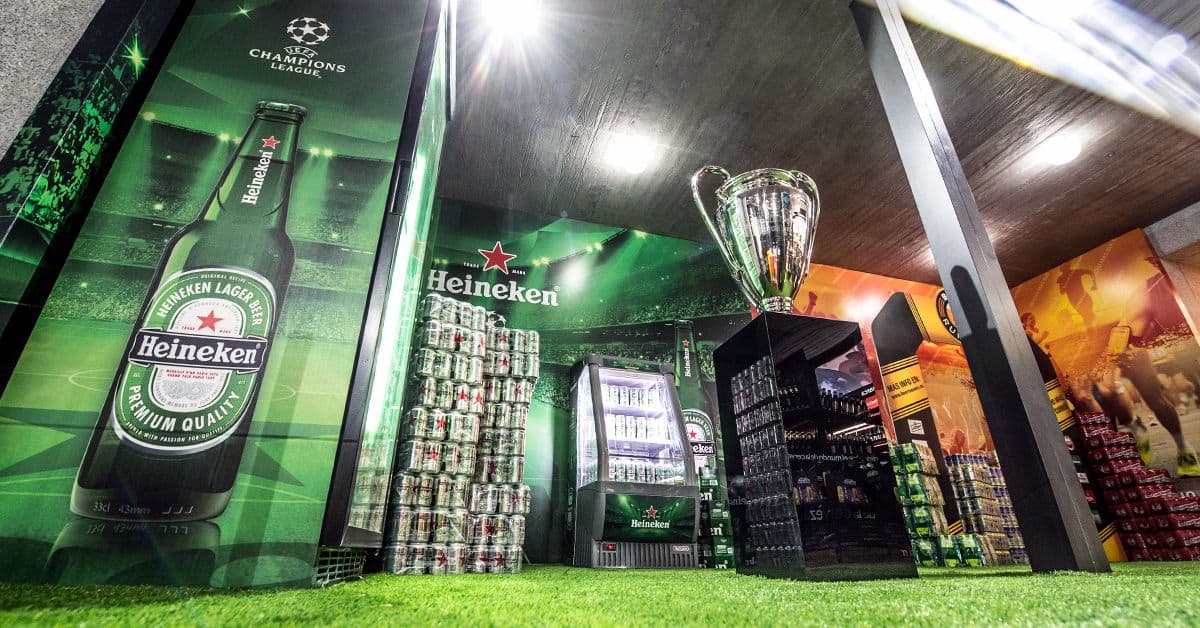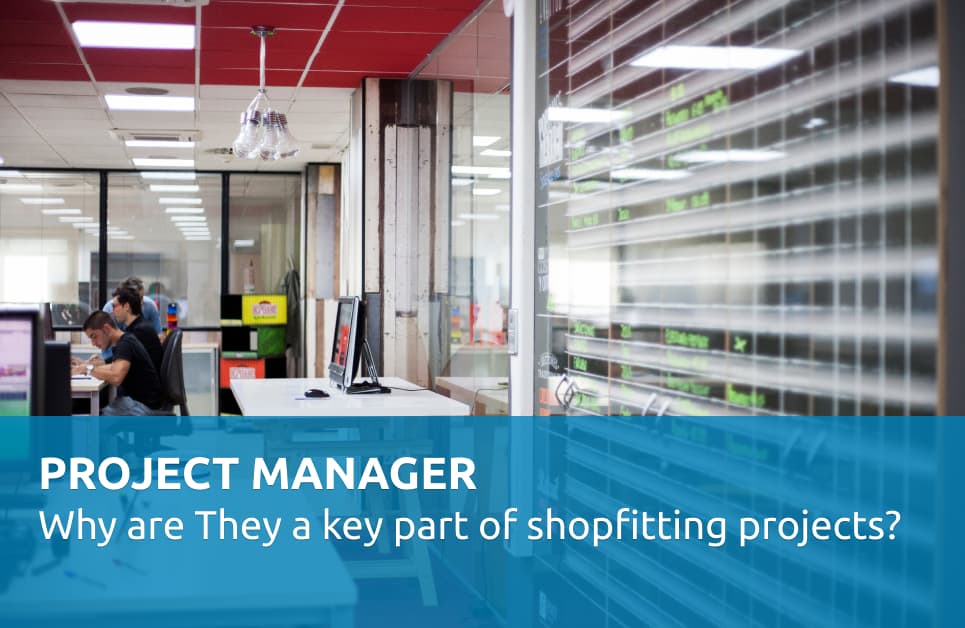- Project Managers play an essential role in ensuring the smooth development of retail projects. They anticipate problems and coordinate the different stages of the project.
- The greater the complexity of the retail project, the greater the need for a role that defines and supervises the best work methodology.
What are Project Managers?
Project Managers are a key figure in shopfitting and retail expansion projects. They are responsible for controlling the information and making sure the project is carried out as efficiently as possible.
Their tasks include:
- Analysing and defining the costs of the whole project.
- Anticipating and minimising setbacks.
- Coordinating all the stages of the project.
Project Managers are so important in all sectors that one of the most renowned certifications in the business world is the PMP (Project Management Professional) awarded by the Project Management Institute. The extremely high quality standards of this international institution are practically considered as an MBA for those who receive this certification.
Almost all sectors entrust Project Managers with their projects, from IT companies to public bodies. Of course, this process includes the subject we are dealing with: shopfitting projects.
At HMY, we consider this certification as an industry standard. This is why our Project Managers hold this certification, or work according to the methodology of the Project Management Institute.
“In many cases, Project Managers become the Brand Custodians, the reference to the brand within the organisation and the ones in charge of guaranteeing the service and quality level of the deployment processes in each country.
In international roll-outs, the figure of the Global Project Manager is essential when building the local teams that can give support in each country to the Branch Offices of the brands in the local language, thus increasing the success rate”.
David Proietti, Global Project Manager at HMY
Do you know all the stages and disciplines involved in a comprehensive shopfitting project? At HMY, we have prepared the 1st 360º Shopfitting Guide for you.
Which role do Project Managers play in shopfitting projects?

The work methodology of retail projects, where the number of stages, disciplines and interlocutors can be decisive, has been developed around the figure of Project Managers.
If Project Managers did not assume the coordination and control of projects, those responsible for each stage and trade would need to manage coordination tasks that would take them away from their main work and, therefore, affecting productivity.
This would cause an increase in errors and delays that give rise to unaffordable costs in each project, also bearing in mind that the more complex the project is, the greater the probability of making these mistakes.
Some clients or suppliers may have developed shopfitting projects (or even still do so) without including the role of Project Managers, as they may consider it is not that important. Nevertheless, in most of these cases this will be because they have probably worked with a similar figure: Quantity Surveyors This role is focused on technical knowledge. Over time, Quantity Surveyors mastered the methodologies of project management, thus turning into Project Managers.
To sum up, these are the tasks corresponding to Project Managers, and the stages where they take part in retail projects:
- Analysing the tender from the brand or retailer [LINK a infografía de Factores para la elección de un proveedor de Shopfitting], and helping the commercial team gather the necessary information to be awarded the project.
- Being familiar with the company and its network of partners and suppliers.
- Being experts in the sector they work in, knowing what the competition does and how they carry out their shopfitting projects to learn and improve.
- Preparing a time and cost planning. This planning is included in the tender.
- Creating the necessary communication structure for the project information to correctly reach the departments involved on time.
- Selecting and monitoring external collaborators or developers if the project requires.
- Making sure all departments comply with the planning and helping solve issues that may arise during the project.
- Anticipating the logistical and assembly deployment, ensuring all those involved in the process hold the required work, transportation and installation permits.
- Controlling live performance.
- Preparing a final report on the project and the following stages.
“In an international deployment such as Yamaha’s, the figure of Project Managers is key to ensure the project completed on time, with quality, and on budget. Furthermore, Project Managers are in charge of planning with the team and centralising with the brand the monthly evolution of the roll-out, optimising production to reduce stock and logistics costs”.
David Proietti, Yamaha Project Manager at HMY
Establishing a work methodology in retail projects
As explained, the main responsibility of Project Managers in the retail sector is to establish the most appropriate work methodology to develop the shopfitting project and act as a coordinator and controller.
This expertise is made up of two key aspects:
- Being a great project management professional.
- Having a thorough understanding of the retail sector, the stages that make up expansion projects and the trades involved in the process.
In order to help readers in this regard, at least with the second aspect, we have prepared this first 360º Shopfitting Guide, which you can download here for free.









































